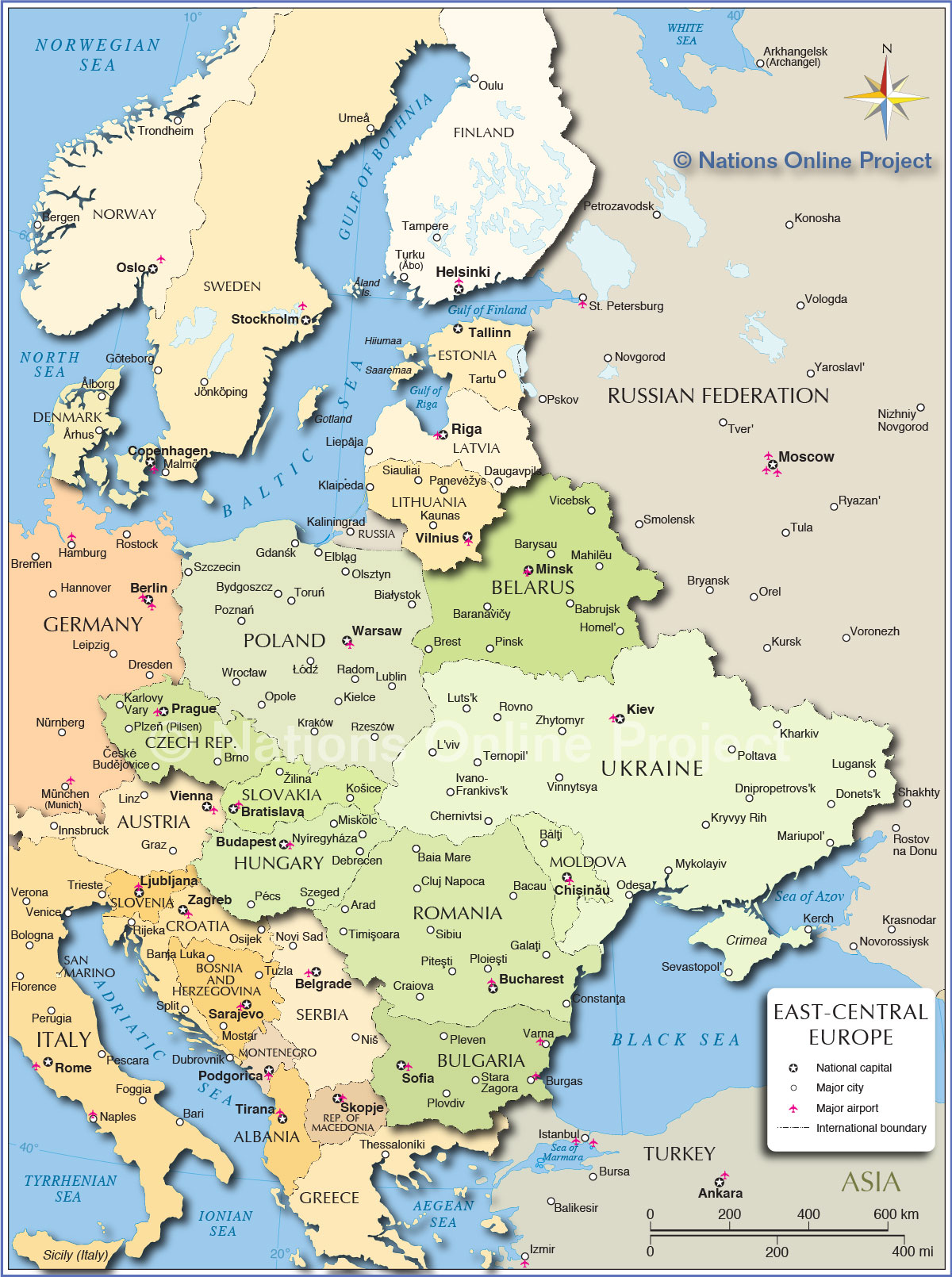

Ukrainians represented the largest migrating group, which was mainly engaged into temporary migration, a circular border crossing for short working periods in Poland, defined by Okólski (2001) as incomplete migration. In the case of Poland, migration from Ukraine, Belarus, or even the other CEE countries was an existing phenomenon before the regime change and continued afterward. In this way, many foreigners entered the region as legal migrants but worked illegally. During transition, the application of low regulated capitalism in the region promoted the development of an informal sector which employed many irregular foreign workers (Stola 2001: 96-97). Special border and migration agreements existed between the CEE and other countries from the socialist block. In this regard, immigration into CEE in the post-socialist period was a continuation of previous migration patterns of the socialist period. Nevertheless, the major part of this immigration was related to economic and social motivations deriving from the post-socialist transition period. Migration into CEE before the EU accession has been very diverse. This is why Wallace (2001) defined this cross-border movement as mobility rather than migration. Although led by different motivations, temporary migration represented the predominant migration form over these two decades. In this way, the transformation of CEE from the immediate EU eastern neighbouring region to the new guardian of the EU eastern border has affected both in and out flows of migration in CEE.

Accordingly, it is argued that while, over the last decades, immigration into CEE has moved from diverse to mainly economically oriented, migration from CEE has evolved from being mainly economic transition-related to being more structurally diverse economic, cultural as well as social migration. Consequently, a “new migration space” (Wallace & Stola 2001) ─ first in the EU proximity and then inside the union ─ was being constructed.īy relying on a two dimensional analyses of time ─ the pre and post CEE EU accession ─ and space ─ inflows and outflows of migrants in the region ─ this essay explores the different patterns of migration in the CEE by analyzing the underlying motivations of migrants’ mobility in both periods and directions. At a time when EU15 was being defined and redefined as a major immigration target, Central and Eastern Europe (CEE) was gradually acquiring a dual profile as a region of both emigrants and immigrants. While migration in Western Europe has been neither new nor threatening, the transformations in Eastern Europe and the former Soviet Union have posed new challenges to both East and West.

In these last decades, the favourite myth elaborated by the western populist political discourse was that of a new phenomenon of immigration that was threatening their societies. Patterns of Migration in Central and Eastern Europe: Post-socialist Transition and Other Factors Affecting Mobility


 0 kommentar(er)
0 kommentar(er)
